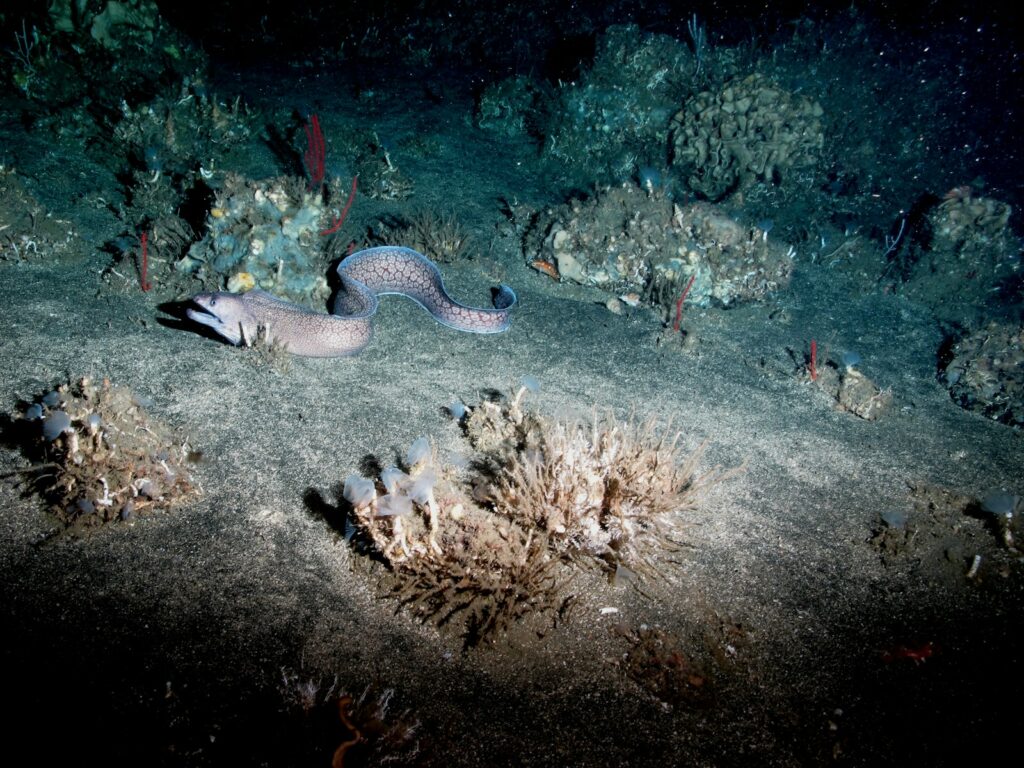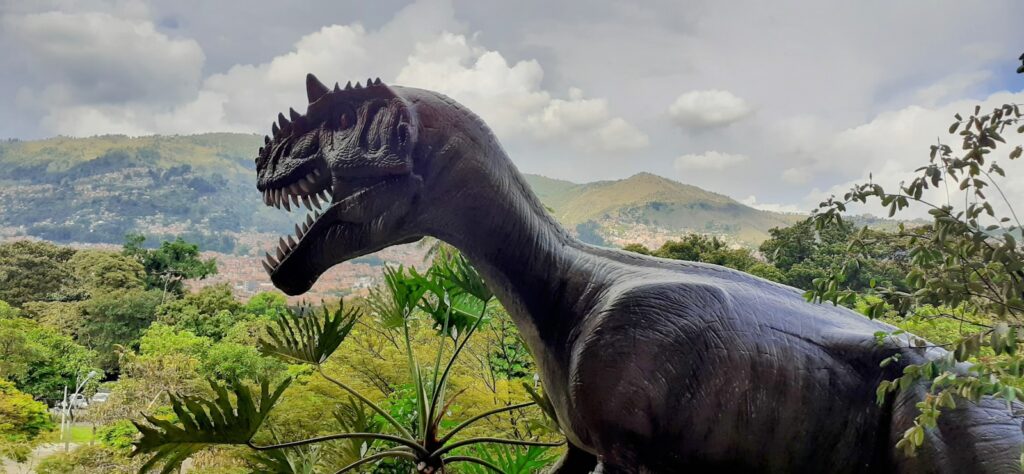While dinosaurs dominated the land during the Jurassic period, the ancient oceans harbored creatures that would make today’s great white sharks look like minnows. These prehistoric seas, spanning from 201 to 145 million years ago, teemed with marine predators so formidable they could have easily devoured a school bus. The warm, shallow seas of the Jurassic created perfect hunting grounds for some of the most spectacular predators our planet has ever witnessed, turning the ocean into a battleground where only the strongest, fastest, and most cunning survived.
The Apex Predator: Leedsichthys – The Gentle Giant That Wasn’t So Gentle
Imagine encountering a fish longer than three city buses lined up end to end. Leedsichthys problematicus stretched an incredible 50 feet through Jurassic waters, making it the largest bony fish that ever lived. Despite its massive size, this ocean giant was actually a filter feeder, cruising through plankton-rich waters with its enormous mouth agape.
But here’s where things get interesting – recent fossil evidence suggests Leedsichthys wasn’t always the peaceful giant scientists once believed. Bite marks on smaller marine reptiles indicate these massive fish occasionally turned predatory, using their sheer size to dominate smaller creatures. Think of it as a whale that decided to go rogue and start hunting seals instead of filtering krill.
Pliosaurus – The T-Rex of the Seas
If nightmares had a prehistoric mascot, Pliosaurus would be the undisputed champion. This marine reptile possessed jaws that could snap a small boat in half, with teeth the size of bananas designed for one purpose: crushing bone. Measuring up to 40 feet long, Pliosaurus was built like a living torpedo with flippers instead of wings.
What made Pliosaurus truly terrifying was its hunting strategy. Unlike modern sharks that rely on surprise attacks, this predator was a pursuit hunter, chasing down its prey with relentless determination. Its massive flippers could propel it through water at speeds that would leave most fish gasping in its wake, quite literally.
Cryptoclidus – The Long-Necked Assassin
Picture a creature with a neck so long it could peek around underwater corners, and you’ve got Cryptoclidus. This 26-foot marine reptile sported a neck that made up nearly half its body length, equipped with over 70 needle-sharp teeth perfectly designed for snatching fish and squid.
Cryptoclidus was the sniper of Jurassic seas, using its incredible neck flexibility to strike at prey from unexpected angles. While other predators relied on brute force, this elegant hunter perfected the art of precision strikes. Its long neck allowed it to keep its large body hidden while extending just its head into schools of fish, like a prehistoric fishing rod with teeth.
Dakosaurus – The Crocodile That Forgot It Was a Crocodile
Sometimes evolution takes a wild turn, and Dakosaurus is proof that nature has a sense of humor. This 16-foot marine crocodile completely abandoned its freshwater roots and became a full-time ocean predator. Instead of the typical crocodilian body plan, Dakosaurus developed a shark-like tail and flippers, earning it the nickname “Godzilla.”
What sets Dakosaurus apart from its modern relatives is its commitment to marine life. While today’s crocodiles are ambush predators that wait by water’s edge, Dakosaurus was an active hunter that pursued prey in open water. Its powerful tail could generate incredible thrust, making it one of the fastest reptilian predators in Jurassic seas.
Ophthalmosaurus – The Dolphin Before Dolphins Existed
Long before dolphins graced our oceans, Ophthalmosaurus ruled the waves with similar intelligence and hunting prowess. This 12-foot ichthyosaur possessed the largest eyes relative to body size of any known vertebrate, with each eye measuring nearly 9 inches across. These massive visual organs allowed it to hunt in the deepest, darkest parts of Jurassic seas.
Ophthalmosaurus was built for speed and endurance, with a body shape so perfectly adapted to aquatic life that it resembled modern dolphins more than its reptilian ancestors. Its hunting technique involved deep dives lasting up to 20 minutes, pursuing squid and fish into depths where other predators couldn’t follow. Think of it as nature’s first attempt at creating the perfect marine mammal, except it was still a reptile.
Metriorhynchus – The Sea Crocodile That Mastered Swimming
While Dakosaurus was impressive, Metriorhynchus took marine adaptation to another level entirely. This 10-foot sea crocodile developed flippers so advanced they rivaled those of modern seals. Its tail transformed into a powerful propulsion system, complete with a vertical fin that would make any shark jealous.
Metriorhynchus represents one of evolution’s most successful transitions from land to sea. Unlike its terrestrial cousins who remained tied to shorelines, this marine crocodile could spend its entire life in open ocean. Its salt glands allowed it to process seawater, while its streamlined body could cut through waves with remarkable efficiency.
Peloneustes – The Compact Killer
Not every Jurassic predator needed to be massive to be deadly. Peloneustes proved that sometimes the most dangerous packages come in smaller sizes. At just 10 feet long, this pliosaur was built like a muscle car – compact, powerful, and incredibly maneuverable.
What Peloneustes lacked in size, it made up for in raw power and speed. Its shorter neck and robust build made it perfect for hunting in shallow coastal waters where larger predators struggled to operate. This was the ambush predator of rocky reefs and kelp forests, using its incredible acceleration to catch prey off guard.
Eurhinosaurus – The Swordfish That Predated Swordfish
Convergent evolution created some remarkable similarities between ancient and modern marine life, and Eurhinosaurus is a perfect example. This 6-foot ichthyosaur developed an elongated upper jaw that functioned exactly like a modern swordfish’s bill, complete with the same hunting techniques.
Eurhinosaurus used its sword-like snout to slash through schools of fish, stunning or killing multiple prey items with single strikes. This hunting strategy required incredible precision and timing, as a missed attack could result in a broken jaw. The fossil record shows these ancient “swordfish” were incredibly successful, with specimens found across multiple continents.
Simolestes – The Shallow Water Specialist
While giants like Pliosaurus dominated deep waters, Simolestes carved out its niche in coastal shallows and lagoons. This 30-foot pliosaur was perfectly adapted for hunting in environments where stealth mattered more than raw power. Its relatively smaller size allowed it to navigate reef systems and enclosed bays where larger predators couldn’t venture.
Simolestes represents the perfect balance between size and maneuverability. Its hunting grounds were rich with marine reptiles, fish, and cephalopods that sought shelter in shallow waters. Think of it as the neighborhood bully that controlled the local swimming hole, ensuring no other predator could claim its territory.
Temnodontosaurus – The Early Ocean Giant
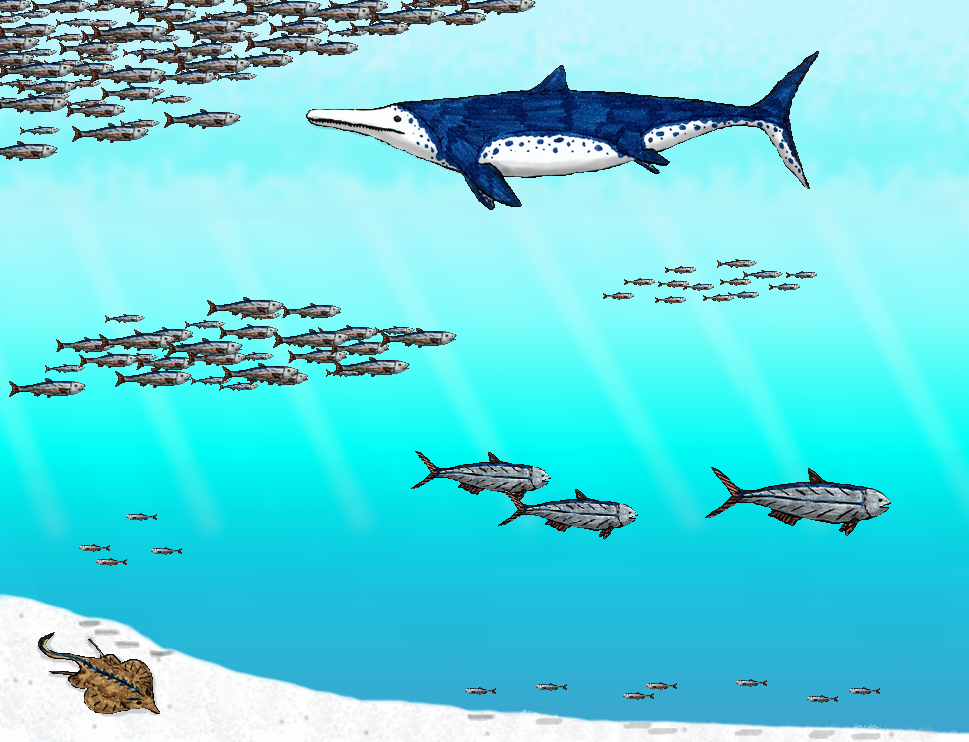
Before the largest marine reptiles evolved, Temnodontosaurus was already showing the ocean what true giants looked like. This 40-foot ichthyosaur was among the first marine reptiles to reach truly massive proportions, paving the way for even larger predators that would follow.
What made Temnodontosaurus special wasn’t just its size, but its adaptability. Fossil evidence shows these creatures could hunt everything from small fish to large marine reptiles, adjusting their hunting techniques based on available prey. This flexibility allowed them to thrive in changing ocean conditions throughout the early Jurassic period.
Geosaurus – The Fully Aquatic Crocodile
Geosaurus represents the ultimate evolution of marine crocodiles, achieving complete independence from land-based existence. This 12-foot predator developed salt glands, gave birth to live young in water, and possessed flippers that were indistinguishable from those of marine reptiles that had been aquatic for millions of years longer.
The success of Geosaurus lay in its incredible adaptability and intelligence. Unlike other marine reptiles that specialized in specific hunting techniques, Geosaurus could switch between pursuit hunting, ambush tactics, and even scavenging when opportunities arose. This versatility made it one of the most successful marine predators of its time.
Rhomaleosaurus – The Reef Predator
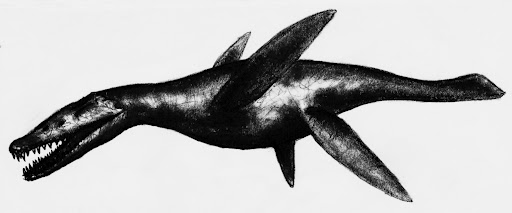
Ancient coral reefs and rocky outcrops provided hunting grounds for specialized predators like Rhomaleosaurus. This 20-foot pliosaur was built for navigating complex underwater terrain, with enhanced maneuverability that allowed it to pursue prey through tight spaces and around obstacles.
Rhomaleosaurus hunting strategy involved using reef structures as cover, ambushing unsuspecting prey that sought shelter among the rocks. Its powerful flippers could generate incredible thrust for short bursts, allowing it to explode from hiding spots with devastating effectiveness. Modern reef sharks employ similar tactics, proving that successful hunting strategies transcend geological time.
Stenopterygius – The Pursuit Specialist
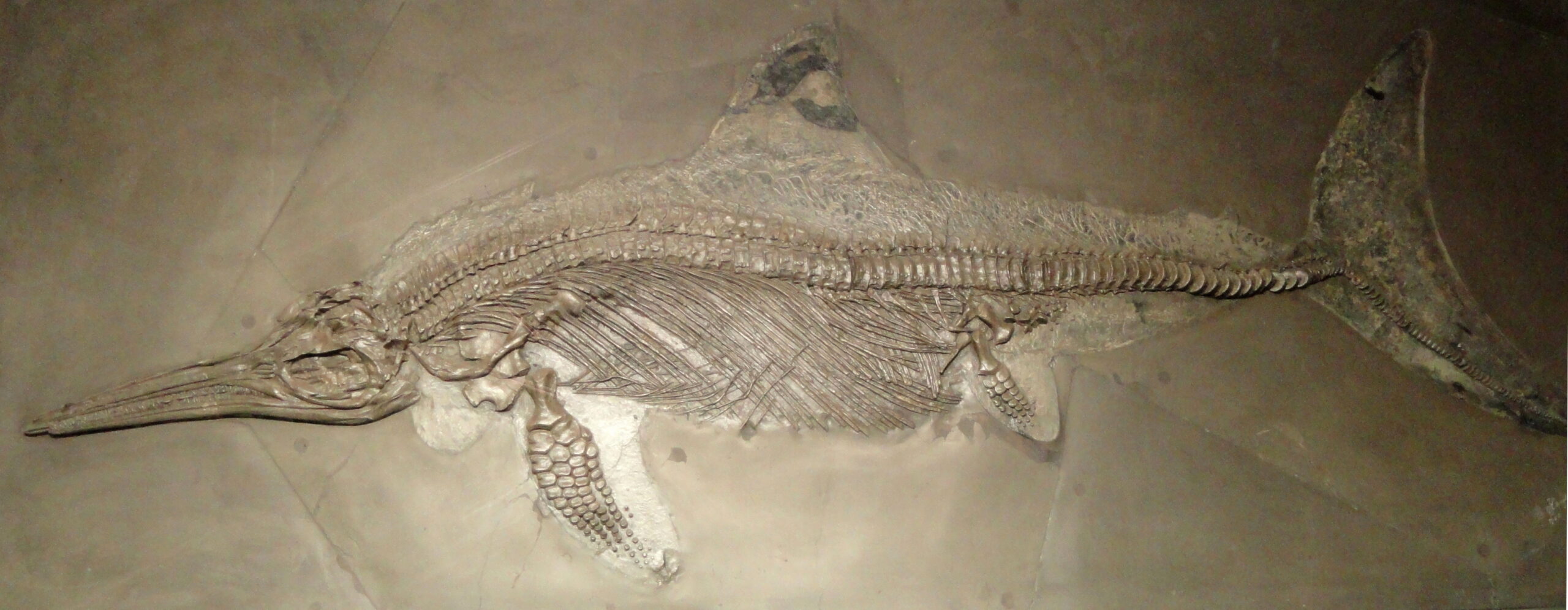
When it came to high-speed ocean chases, few predators could match Stenopterygius. This 13-foot ichthyosaur was built like a living torpedo, with a streamlined body that minimized drag and maximized speed. Its hunting technique involved sustained pursuit of fast-moving prey across open ocean expanses.
Stenopterygius possessed remarkable endurance, capable of maintaining high speeds for extended periods. This allowed it to wear down faster but less enduring prey, similar to how modern wolves hunt caribou. The fossil record shows these predators were incredibly successful, with remains found in ancient ocean basins across the globe.
Callovosaurus – The Transitional Hunter
Some predators bridge the gap between different evolutionary strategies, and Callovosaurus perfectly represents this transitional approach. This 25-foot marine reptile combined the ambush tactics of coastal hunters with the pursuit capabilities of open-ocean predators, creating a versatile hunting machine.
Callovosaurus could adapt its hunting style based on environmental conditions and prey availability. In shallow waters, it became an ambush predator using stealth and surprise. In deeper areas, it transformed into a pursuit hunter, using its powerful flippers to chase down fast-moving prey. This adaptability made it one of the most successful predators of the middle Jurassic period.
The Legacy of Jurassic Marine Predators
The incredible diversity of Jurassic marine predators reveals an ocean ecosystem far more complex and dangerous than anything we see today. These ancient seas supported multiple apex predators simultaneously, each occupying specific ecological niches that allowed them to coexist without driving each other to extinction.
Modern marine ecosystems pale in comparison to the predatory diversity of Jurassic oceans. Today’s seas are dominated by relatively few large predators, while Jurassic waters supported dozens of different hunting strategies and body plans. The extinction of these marine giants represents one of the greatest losses in ocean biodiversity history.
Understanding these ancient predators helps us appreciate the incredible evolutionary experimentation that occurred in prehistoric seas. Each species represents millions of years of adaptation and refinement, creating hunting machines so effective they dominated their environments for tens of millions of years. What other evolutionary marvels might have existed in those ancient waters that we haven’t discovered yet?

